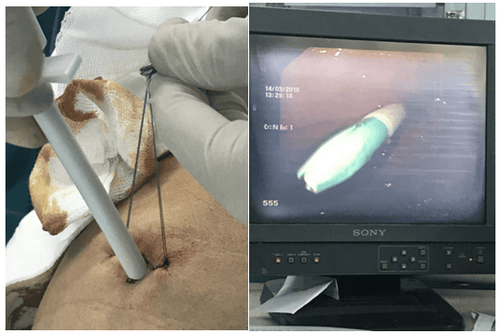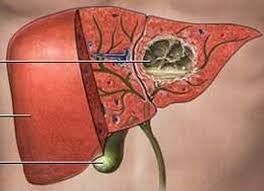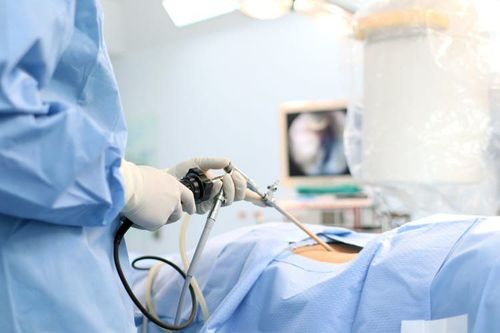This is an automatically translated article.
Enterojejunostomy or ileostomy is a method of feeding through the catheter for patients with poor general health, exhaustion or performed in major surgery,... and unable to swallow on their own. . The jejunostomy and ileostomy should be performed properly to avoid leakage of fluid causing infection, abdominal wall ulcers,...
1. Anatomy of the jejunum and ileum
The jejunum and ileum are the mobile parts of the small intestine, located below the transverse mesentery. The jejunum and ileum are about 6cm long, with diameter decreasing from top to bottom: 3cm at the beginning of the jejunum and 2cm at the end of the ileum.
The jejunum and ileum curl into U-shaped coils called loops of bowel. There are 14 to 16 bowel loops. From the inside out, the structure of the jejunum and ileum consists of 5 layers: the serosa, the subserosal plate, the muscular layer, the submucosa, and the mucosal layer.
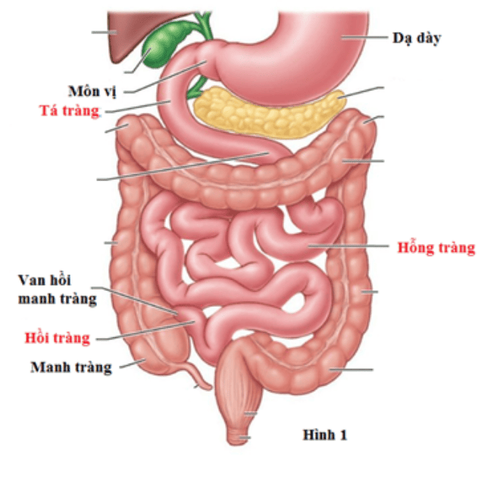
Vị trí hỗng tràng và hồi tràng
2. Technique of jejunostomy or ileostomy for feeding
2.1 Importance of jejunal/ileal feeding For critically ill patients, if not nourished or not well nourished, the risk of death is higher, more complications, or longer duration. hospitalization, increased costs,... Patients in the intensive care unit may be malnourished or malnourished due to disease or the effects of procedures.
Most patients often pay more attention to drugs and procedures, less attention to the patient's nutritional status. Meanwhile, the treatment of diseases in addition to drugs and surgical interventions must also ensure the supply of energy and nutrients to the patient's body, help the patient maintain immune function, ensure medication and other interventions. effective medical cards.
Regarding the feeding route, in all cases, when the digestive tract is still active, parenteral nutrition is the first choice, not the intravenous route because this is the most physiological and easy way to do it. most efficient and least costly. And the method of feeding through jejunostomy or ileostomy is being widely applied today for patients who cannot swallow on their own.
Continuous jejunostomy is a technique that aims to deliver food through a catheter located in the jejunum that is opened through the skin and abdominal wall. With this method, early bowel function will reduce the risk of mucosal atrophy, reduce the incidence and duration of sepsis.

Một số trường hợp đặc biệt cần được chỉ định ăn qua sonde
2.2 Indications / contraindications Indications
Patients who cannot chew or swallow by themselves, cannot nourish themselves through a nasogastric tube due to loss of gastric function (gastroparesis, gastric cancer), must open a stoma. jejunum or ileum for feeding: Patients with cerebrovascular accident, head - face - neck trauma, mechanical obstruction of the upper gastrointestinal tract such as nasopharyngeal cancer, oral cancer, esophageal cancer,. ..; Digestive function is still guaranteed.
Contraindications
Loss of digestive function: Paralytic ileus, digestive disorders due to diseases of the gastrointestinal tract or intolerance to nourishing ingredients; Moderate and severe ascites; Enlarged liver, enlarged spleen; Intestinal obstruction, semi-obstruction from the jejunum; Resection of the jejunum causes digestive disorders; Severe acute pancreatitis; High-flow gastrointestinal fistula; Diarrhea after peritonitis after perforation of hollow viscera; Patient on peritoneal dialysis, severe shock.
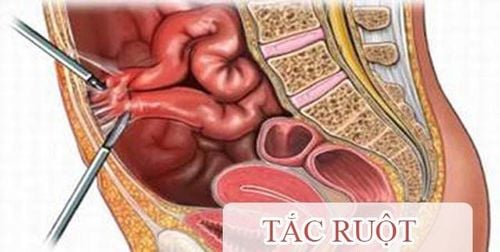
Người bệnh bị tắc ruột
2.3 Preparation Performer: Medical staff; Means: Prepared liquid food, optical infusion and fluid tubes, food bags, 50ml feeding syringe,...; Patient: Inform the patient or family member before feeding, put the appropriate posture; Medical record. 2.4 Procedures Checking records and examining patients; Check the position of the jejunostomy tube or ileostomy tube is in the correct position; Change the dressing, wash and disinfect the jejunostomy tube or ileostomy tube once a day; Start feeding 8 - 24 hours after jejunostomy or ileostomy; Connect the liquid feeding bag to the catheter, adjust the drop accordingly; Each feeding time is about 3 - 6 hours. After each feeding, cooled boiled water or sterile water should be pumped to rinse the catheter. Feeding tubes can be used from 6 to 12 months and if there is an indication to continue feeding, replace them with a new one. The amount of calories required in liquid food for the patient should be calculated accordingly.
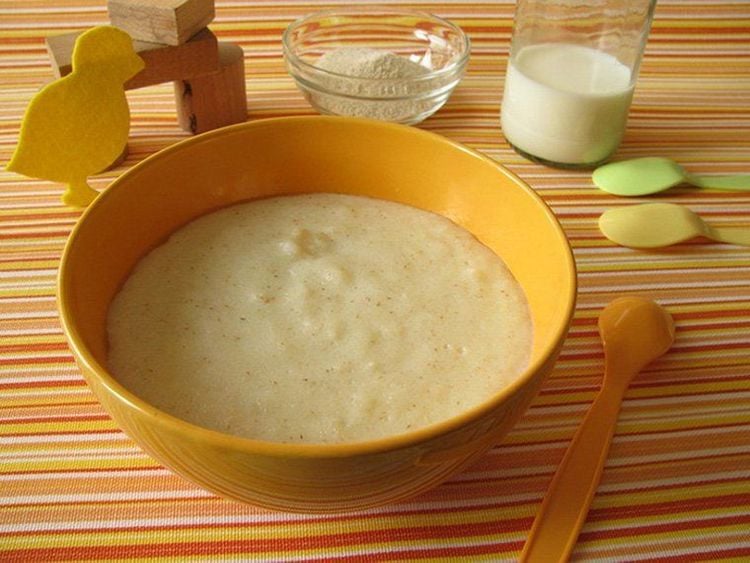
Thức ăn lỏng mềm dành cho người bệnh
2.5 Monitor Digestive Status: Diarrhea, vomiting; General status: Weight, blood urea, blood protein, complete blood count, urinary urea,... 2.6 Complications and treatment Diarrhea: Should be managed by reducing diet, reducing infusion rate, controlling inspect food hygiene and safety and check the operation of nurses; Catheter occlusion: Due to improper pumping and rinsing of the catheter after feeding, the nutrient solution is too thick, and the injection of drugs can cause the tube to clot. Precautionary measures are pumping and rinsing the catheter after eating with correct technique, making sure to dilute drugs and fluids before pumping; Vomiting: Sometimes it can happen due to eating too quickly, too much at one time,... To overcome, nurses should let the patient lie on the side of the head or a safe position, then aspirate fluid from the throat or lungs. management ; Weight loss or gain: Should adjust the amount of food and nutrient content accordingly; Abdominal distention, decreased intestinal motility: Treat by adjusting the drugs being used, reviewing the lipid intake in the nutrition fluid; Aspiration pneumonia: Due to pumping too much food at a time or because of feeding tube intolerance. The treatment is to reduce the amount of feeding fluid in each pump, keeping the patient's head elevated while the tube is pumped for up to 1 hour after feeding.
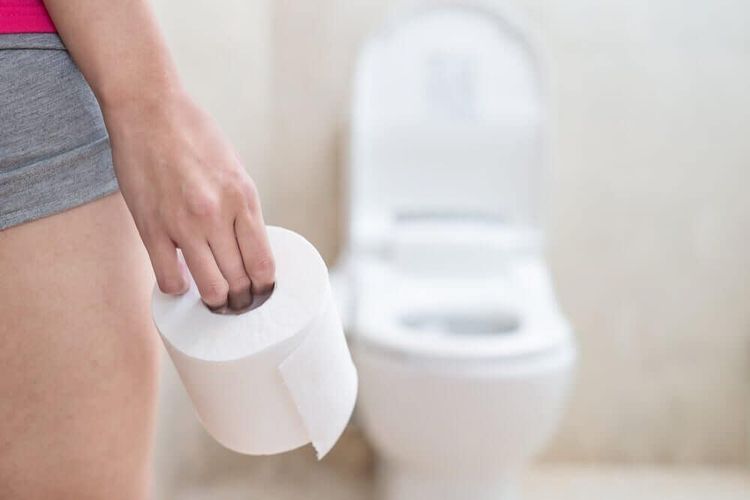
Tai biến tiêu chảy ở người bệnh
Enterojejunostomy or ileostomy is a nurturing method that has many advantages such as: improved treatment results, low cost and reduced many unpredictable complications. When being prescribed this method of feeding, the patient needs to cooperate well with the treating doctor.
For detailed advice on this method, please come directly to Vinmec medical system or book online HERE.
SEE ALSO:
How to feed a patient through a nasogastric tube Note the menu and how to take care of a patient eating through a nasogastric tube Open a gastrostomy to nourish a patient with esophageal cancer





